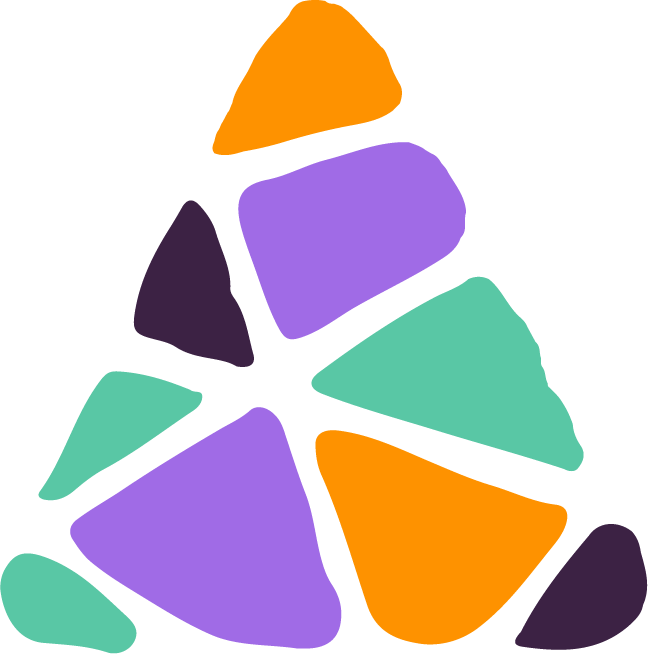Queenie Clarke is conducting a PhD on “Designing for human dignity: new approaches to the inclusivity of vulnerably housed communities” at the University of Brighton, UK. The research focuses on Eastbourne’s high street regeneration.
Queenie is using the Framework for Dignity in the Built Environment as one of the touch-points for her research. Here are her insights on how the Framework is being put to use, shared via the “Dignity by Design in action” survey.
Introduction to the project
“This project is a doctoral research study at University of Brighton with AHRC Techne Studentship.
“Within the project I am working with different stakeholders, including (but not limited to) planners, council members, service providers and guests of services, to understand and ask questions about systemic urban design in the context of human dignity. This includes both the outcome of public spaces and the process, for example public consultation workshops.
We are practicing methods of co-design and reflecting on the application of frameworks such as the Framework for Dignity in the Built Environment (Institute for Human Rights and Business, IHRB). While I am focusing on Eastbourne’s high street regeneration, the tensions and possibilities that arise from the planning process and the methodologies being used in this research also occur in wider contexts of urban design and design research.”
On how the Framework is being used
“This framework has helped the project as it supports the focus on human dignity. While dignity is understood in many contexts such as law or care with a range of literature that provides critical reflection on the relationships between them, when comparing this to planning and the built environment, there is little written about dignity in this context.
“In the future, the Framework will act as a way to understand the practicalities of embedding dignity into the process of planning and design with the stakeholders within the research.”
Dignity can feel quite abstract at times, so a Framework such as this grounds it and gives different ways it can be understood.
On how the project seeks to redefine or challenge concepts of value and/or agency
“How we value both communities and individuals is reflected through our public space. Something really important that has been revealed in the research so far is the use of language. For example, community names, words such as vulnerability or the names of methods. I think language within the context of planning has a huge role to play in how spaces/people/goals are valued. One of the aims in this project is to learn about both the tensions and possibilities that arise when dealing with these themes.”
Shifting the process of planning
“I would like to see changes in the consultation process of planning, specifically the way in which local communities are engaged with and how insight gained through this process is used within plans and designs. I am interested in learning more about how human dignity within this process can broaden what we understand as ‘inclusive’ design.”
Get in touch with Queenie: q.clarke @ uni.brighton.ac.uk
